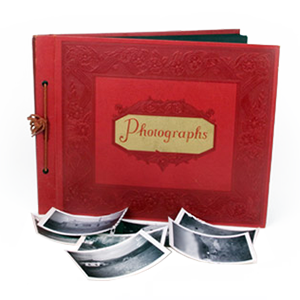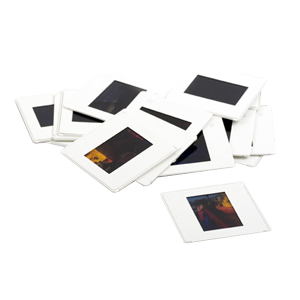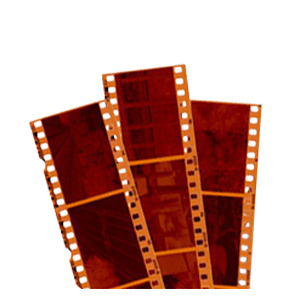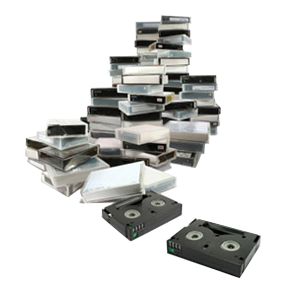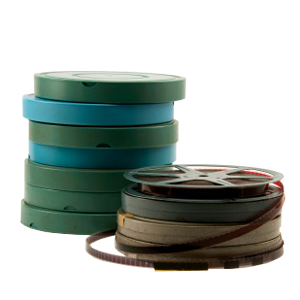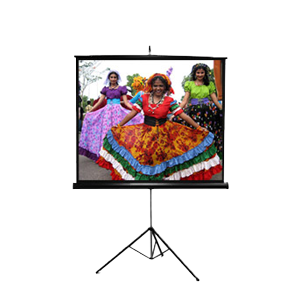What Scanner is Best for Photos?
Scanning your Family Photos
If you have a large collection of family photos or photo albums, you may have considered digitizing them yourself, or hiring a company to do it for you. There’s so many options in either case that it’s often difficult to know what to do. This article aims to help you make the most informed decision possible. At DVD Your Memories, we’ve been scanning photos for nearly 15 years and have scanned millions of people’s precious memories. If you want to scan your photos yourself and have a large collection, we recommend investing in a Canoscan900F Flatbed Scanner. That’s what we use for photo scanning in our four Photo Labs in Southern California. The scanner is expensive, though, and if you want high quality photo scans it’s more than likely to make the most sense to use a photo scanning company. Quality photo scanning is a more laborious process than it’s given credit for, so really we recommend using a company anyway.
Should You Really Scan Photos?
If you’ve got a large collection of family photos in envelopes from one hour photo labs or the like, you probably also have photo negatives of the same images. Those are the originals, and even though it’ll be more expensive to scan them per image than it will be per photo, we recommend doing that instead. Here’s why.
Picking a Scanning Company
If you’ve spent any time at all looking for photo scanning services, you’ve surely come across a few companies that will scan your photos for pennies on the dollar compared to other services. Our charges start at $0.49 per photo, and there are other companies who charge a tiny fraction of that. If they’re doing the work in the US, the reason the cost is so low is they’re using document scanners for your photos. If they’re not doing the work in the US, there’s a chance they’re using actual photo scanners. However, we recommend using a scanning company that is local for you. This is why.
Document Scanners
Document scanners were originally intended to save business time, money, and cabinet space. They’d do this by providing a quick way to digitize and catalogue lots of documents. Lots of entrepreneurs saw the potential of document scanning services, and created businesses that provided the service. It’s a massive industry now, projected to have a market value in the hundreds of billions by 2029. Given the size of the industry, it was inevitable that it would branch out into other areas. As more and more people realized how much more convenient it would be to have their family photos digitized, someone had the bright idea to provide cheap, low quality photo scanning with document scanners. Document scanners scan more photos at a time much more quickly than a high quality flatbed scanner. This ushered in the era of cheap “shoebox” photo scanning. Document scanners automatically feed the next photo into the scanner once the previous one is scanned. As such, there’s no need for a human to operate the machine, manually switching the photos between scans. For a more complete explanation of how they work, check out this explanation.
Price vs Quality
Shoebox photo scanning is certainly a great solution for a lot of people. If you just want any digital copy of your images, cheap shoebox photo scanning is 100% the way to go. However, the quality of your images isn’t going to be even close to what it would be if they were scanned by a human being operating a flatbed scanner. Take a look at the samples below and see the noticeable differences between flatbed and document photo scanning. The images on the left were scanned on a specialized Canoscan900F flatbed scanner, while the ones on the right were fed through a Kodak S1220 document scanner.
Issues with Document Scanners
As you can see, there is a noticeable difference in quality in the two scans. Document scanners have three main issues that do not occur with flatbed scanners:
Color Streaking
The biggest disparity between flatbed and document scanning is the streaking that happens. Particularly in the first image on the right, you’ll notice blue and green streaks running up and down the image. The reason that occurs is that the glass that holds the document picks up tiny dust particles left on your photo. Since document scanners feed the image mechanically through themselves, streaking happens all up and down the image where the dust particle came into contact with the image. That happens with flatbeds too, but since the photos remain stationary while the image sensor moves, there’s no streaking. On a document scanner, there’ll be a big vertical red line running up and down your grandmother’s body. That’s not what we consider archiving.
Faded Colors
The second problem lies in the darker areas of photos. On a high end monitor or when printing them, you’ll see a crisscross pattern of white across photos scanned on a document scanner. When the scanner feeds that image through the sensor rapidly, the sensor only has a tiny fraction of time to capture all of the data in the 24 square inches of the photo. As documents tend to be white, document scanners are designed to capture darker data on a white background. That doesn’t lend itself to quality scanning of dark photos. You’ll lose color and image data on every photo that’s fed through a document scanner, and it is often very noticeable.
Prone to Damaging Photos
The third problem is that since a document scanner works mechanically, it’s got a good chance of trapping your photo in the scanner. It might mangle the photo and destroy the image before you can get a clean scan. You’re left with no digital image and a badly damaged paper original.
Our Process for Scanning Photos
At DVD Your Memories, our photo scanning has several quality touchpoints. We recommend doing it this way if you’re doing it at home. If you’re hiring a company, check that they follow these steps, or at least something like them. For a more complete account of our process, read this. If your images are dusty (which, remember, creates scan quality problems), we use compressed air to clean them. Our technicians wear microfiber gloves so they don’t leave any fingerprints on your photos. Once your photos are cleaned, they’re carefully and manually scanned on a Canoscan900F Flatbed Scanner. Once scanned, your photos are placed back where they came from. Then, in post production, a technician will make sure your images are all rotated in the right orientations. Any white from the bed of the scanner that made it into your scan gets cropped, and if it needs it, we can do color correction. After that, we’ll do quality control on the images in post production. We redo any scans that the technician on quality control deems not up to scratch. Then, and only then, do we consider the order done.



